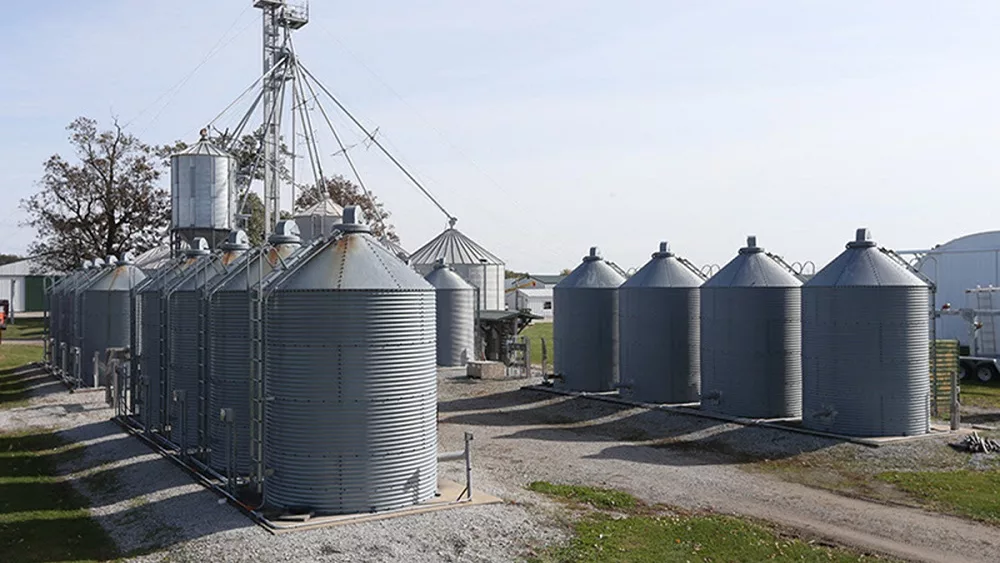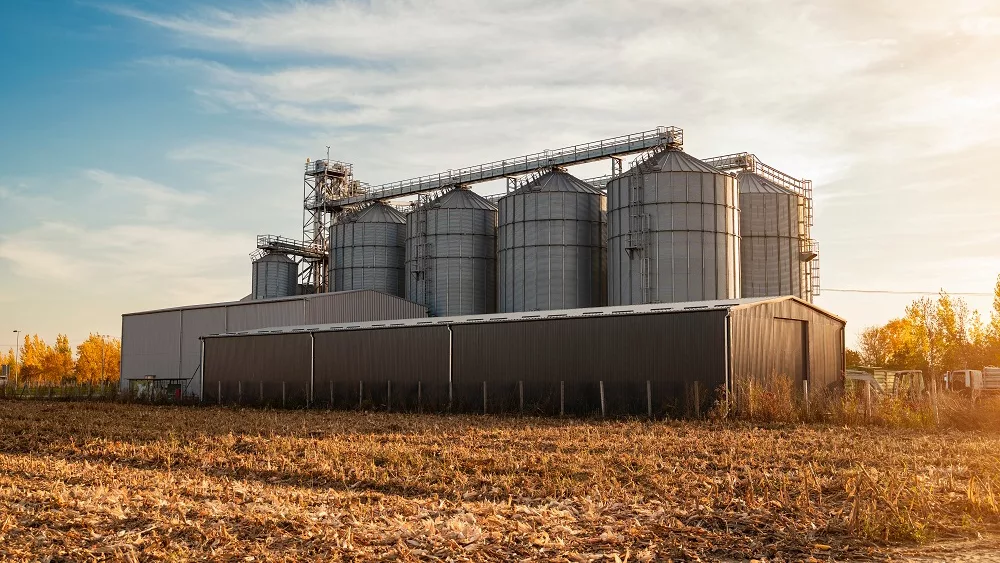 Adhesives, chemicals, resins, acids and carbon fibers are just a few of the potential coproducts that could, someday, be produced at a cellulosic ethanol biorefinery. Poet-DSM Advanced Biofuels, Abengoa Bioenergy and DuPont all tell Ethanol Producer Magazine they are keeping a close eye on the future. But for now, all three companies see value in lignin. Poet-DSM and Abengoa both plan to burn the lignin produced at their facilities, to provide on-site power, with small differences in the two company’s strategies. In contrast, DuPont’s facility is natural-gas powered and the company is marketing its lignin-rich coproduct to third-party customers.
Adhesives, chemicals, resins, acids and carbon fibers are just a few of the potential coproducts that could, someday, be produced at a cellulosic ethanol biorefinery. Poet-DSM Advanced Biofuels, Abengoa Bioenergy and DuPont all tell Ethanol Producer Magazine they are keeping a close eye on the future. But for now, all three companies see value in lignin. Poet-DSM and Abengoa both plan to burn the lignin produced at their facilities, to provide on-site power, with small differences in the two company’s strategies. In contrast, DuPont’s facility is natural-gas powered and the company is marketing its lignin-rich coproduct to third-party customers.
Lignin burned at the Project Liberty cellulosic ethanol plant in Emmetsberg, Iowa, will produce process steam for that facility and the colocated corn-ethanol plant. “We know it works, it’s proven technology,” says Steve Hartig, calling it the easy solution. The company also has an on-site anaerobic digester, which will produce methane from the liquid lignin stream. “Between the two of them, it’s a significant energy cost savings,” he says. At the time Hartig spoke to EPM, he was general manager of licensing for Poet-DSM. In mid-February, prior to press time, it was announced that he would pursue a a career outside Poet-DSM.
At Abengoa’s facility in Hugoton, Kansas, lignin-fired boilers will produce steam and electricity to power the plant, and additional electricity to sell to the electrical grid. Although the company continues to consider other possible markets for lignin or other potential coproducts, for right now, the highest-value use is to power the plant. “We’re pretty much an island when it comes to energy needs,” says Chris Standlee, executive vice president of Abengoa Bioenergy. “We are self-sufficient and that is primarily because we use that lignin for the fuel.”
DuPont, on the other hand, is approaching lignin a little differently at its facility in Nevada, Iowa. Although the company believes burning lignin for onsite power is a good option, the goal is to offer those interested in licensing its technology flexibility, says Steve Ogle, cellulosic ethanol commercial leader with DuPont Cellulosic Ethanol. Taking this path allows DuPont to demonstrate the sale of the lignin-rich material to third-party customers. Another option is that a producer may want to use the material for power generation at an alternate location. “We believe that our coproducts strategy really helps to differentiate us from our competition,” he says, adding that future licensing partners may already have alternate means of powering a cellulosic ethanol plant.
Depending on where it is taken off the process, the lignin-rich material produced at the DuPont facility takes on two main forms. One is wet filter cake, which is dried and pressed, and the other is liquid syrup. These two coproducts can be combined in various ways to create a customized granular form, depending on the customer’s needs. “We have found that there is interest in all three varieties at this point,” Ogle says. Currently, DuPont has “opportunities for a significant volume” of the lignin-rich material produced at its facility, and is working on offtake agreements for the remaining amount.
Among DuPont and its customers, there’s a lot excitement about using the material to lower greenhouse gas emissions by replacing fossil fuels, Ogle says. Although the initial application is burning the material to produce power, DuPont does have some other ideas as well. “The more that we evaluate and develop our coproducts, the more we understand the wide variety and the potential of these coproducts,” he says, adding that he is unable to get into specifics due to confidentiality agreements.
Other Products
Burning lignin produces ash, which also has potential beneficial uses, says Hartig. While there’s some work yet to be done, Poet-DSM believes analysis will show it is safe to use as a soil amendment for farmland. “We expect it to have some advantages because it has some of the minerals that are coming from the corn stover, which can go back on the land,” he said.
Other potential coproduct ideas might be interesting, but still a generation or two away from becoming a reality. Another possible challenge is the size of the market for a particular product. For example, Hartig says, there’s some R&D into carbon fiber that’s lower performance and lower cost. “The challenge at an ethanol plant is that about three or four days of our lignin could produce all the carbon fiber you could use in your lifetime,” he says. “So it could be a nice application but it’s not really going to drive anything from the cellulosic ethanol side.”
He also mentioned Borregaard Group, an overseas company that produces pure lignin for building materials and other products as well as a small amount of ethanol. Other companies are investigating the idea of producing aromatic compounds. “We don’t see that as something that we need to invest in directly, but we are watching companies that are investing in that, and talking to them,” he said. “If one of those succeeds, it could certainly become an opportunity.”
Although Abengoa is currently focused on getting its facility up to full ethanol-production levels and producing cellulosic ethanol, the company is open to wherever the market leads it in the future. “What we are doing most of our work on, frankly,” Standlee tells EPM, “is diversifying our ultimate end products, taking the cellulosic sugars and looking to turn that into some other product besides ethanol.”
While ethanol is the easiest conversion, there are other possibilities. “We are interested in finding new and different chemicals that are currently made from petroleum bases that we can make from renewable sugars,” he says. “We think there’s potentially a huge market for that.”
Although it would most likely be an either or proposition, with the company transitioning to a completely new end-product, Abengoa has also talked about the possibility of adding on a tail-end processing facility for chemical production. The idea is to add product diversification in a way that would allow the company to produce cellulosic ethanol or another product and flip back and forth as efficiently as possible, depending on market drivers, Standlee says.




